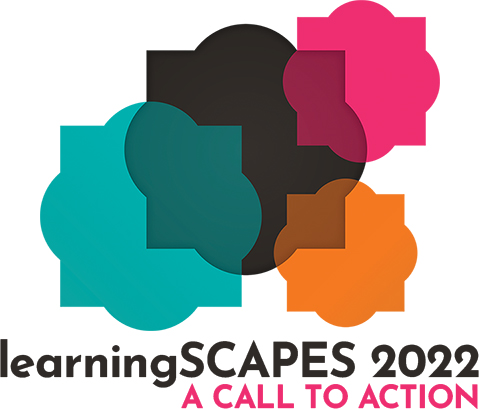 | 1.5 LU |
 | 1.5 LU |
School architects typically operate with a goal of improving the learning experience. However, many argue that designers extend beyond the scope of their expertise, making unfound assumptions regarding their designs' impact and use. This presentation discusses two doctoral research studies in the United States and Australia and provides a critical lens of design narratives and assumptions. The first study includes an in-depth analysis of submittals to the Texas Exhibit of School Architecture. The goal of this exhibit is to highlight how design can "optimize student learning." However, there are integral elements of the learning experience often missing from the designers' narratives, suggesting a narrow conceptualization of a school's role and the impact of design. The second study explores designers' awareness of the affordances in a learning environment. Affordance is a concept highlighting the perceived action possibilities in a space. Research on affordances shows that designers perceive fewer possibilities than educators, highlighting a gap in understanding the use of learning spaces, particularly in the pursuit of deep learning. This interactive presentation will highlight both best practices and missteps and provide actionable ways in which designers can improve their design solutions and the narrative around them to align with the realities of use more accurately.
Learning Objectives:

Raechel is an educational planner and researcher. She works at DLR Group in Austin, Texas, and recently completed her Ph.D. with the University of Melbourne. Her research focuses on how organizational strategies can support the evolving role of educators as they navigate new types of learning spaces. This research is a critical component of her role at DLR Group, helping lead the BOLD: Bridging the Organization, Learning, and Design services.

Fiona is an architect and researcher in the field of learning environments. She is a Studio Director of Hayball Architects in Sydney and recently completed her Ph.D. as part of the Innovative Learning Environments and Teacher Change (ILETC) project at the Learning Environments Applied Research Network (LEaRN) at the University of Melbourne. Her research focus is on the affordances of learning environments for deep student learning.
What evidence is there that design matters? That a particular method of delivery is advantageous? That one product is better than another? What lessons have you learned?
Primary Core Competency
Educational Visioning: Exhibits an understanding of best and next practices related to educational leadership, programming, teaching, learning, planning and facility design. Establishes credibility with educators, community members and design professionals while conceiving and leading a community-based visioning process. Demonstrates the ability to articulate the impact of learning environments on teaching and learning and uses that ability to facilitate a dialogue that uncovers the unique needs and long-range goals of an educational institution and its stakeholders – translating that into an actionable written/graphic program of requirements for the design practitioner.